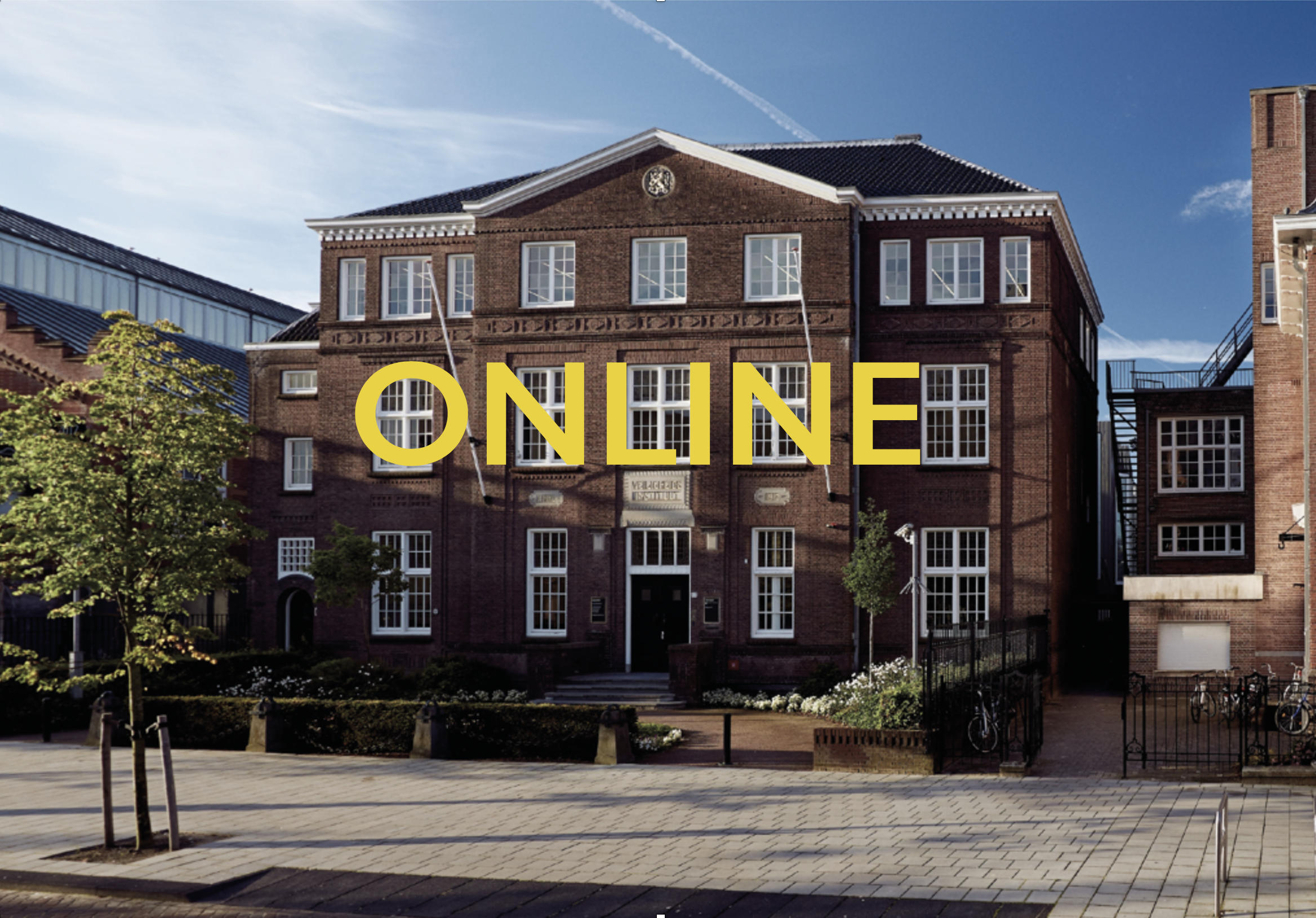

We are pleased to announce a new, online edition of the NICAS colloquium on Thursday 10 March 2022 from 12.00 to 13.00 hrs. The colloquium will take place online through Microsoft Teams. By registering through the form below, you will receive the meeting link in your email.
Throughout the year, NICAS organises a bi-weekly Colloquium consisting of two short research lectures. It provides researchers with the opportunity to present ideas for, updates on or results of their activities. The NICAS Colloquium allows people to stay informed on a regular basis about the latest developments and results of research and to exchange information and expertise.
The chair of this colloquium will be Maria Laura Petruzzellis (NICAS Research Associate)
The presenters are:
► Marieke Kruithof – Conservation of Time-based Media Artworks in Public Spaces: Research into five Case Studies in the City of Amsterdam
Abstract
Time-based media art is a fast-growing category of public art. All artworks in the open air are exposed to threats from weather, pollution and passers-by, but time-based media art in public spaces is particularly vulnerable due to its use of electronic equipment in this environment which must operate for many more hours than it would in a museum. Even with extensive testing, detailed documentation and elaborate discussions about conservation during the development process, technical equipment may fail unexpectedly. This research aims to illuminate the challenges that arise when caring for time-based media artworks in the public space. Several recommendations that help to ensure the long-term functionality of the work will be presented. These recommendations are the results of research into case studies, based on 12 in-depth interviews with the various artists, owners and stakeholders of five time-based media artworks in the city of Amsterdam.
Bio
Marieke Kruithof is a contemporary art conservator in training. She is currently in the last year of the Advanced Professional Programme for Conservation and Restoration of Contemporary Art at the University of Amsterdam.
► Amir Parsa Sadr – A computational multiphysics and multiscale model for degradation of paper artifacts
Abstract:
Paper is a hierarchical material, made of cellulose fibers bonded to each other at different orientations to form a fibrous network. Paper degradation is a complex phenomenon that is due to the interaction between chemical and mechanical processes, typically resulting in the loss of structural integrity of the paper. The main chemical process responsible for paper degradation is the hydrolysis reaction of cellulose molecules that leads to the breakage of glycosidic bonds and to the splitting of the cellulose chains. This consequently causes a reduction in the Degree of Polymerization (DP) and a decay of the effective mechanical properties of the fibres. The rate of depolymerization of cellulose is mainly dependent on temperature, moisture content, and degree of acidity of the paper. Additionally, paper degradation is driven by the development of hygro-mechanical stresses resulting from moisture content variations.
For the preventive conservation of historical paper artefacts, it is crucial to achieve a deep insight into the influence of degradation factors on the lifetime of the material. To this aim, a novel model is proposed that focuses on the effects of storage conditions on the chemo-mechanical degradation of paper. The model is formulated within a multiphysics-multiscale framework, and predicts how the stiffness of paper decays as a function of age by considering the effects of hygro-mechanical stresses, ambient storage conditions, and intrinsic properties of the paper. In the approach the paper is idealized as a two-dimensional periodic repetition of a fibrous network unit-cell. The tensile strength of the fibers is evaluated as a function of the degree of polymerization, which is a measure of the extent of chemical degradation, and depends on the ambient relative humidity, temperature, and degree of acidity of the paper. The hygro-mechanical stresses, which are triggered by moisture variations, are computed and compared with the local (and age-dependent) value of the tensile strength. If the strength is reached, local damage of the network will occur. Asymptotic homogenization is finally employed to evaluate the decay in the effective stiffness as a function of age, thereby including both the effect of chemical degradation of cellulose and the hygro-mechanical stresses in the material.
Bio:
Amir Parsa Sadr is a PhD student in the Chair of Applied Mechanics at the Eindhoven University of Technology (TU/e). His research interest lies in the field of computational mechanics, in particular on multi-scale methods applied for fibrous materials and multi-physics problems. His PhD research focuses on the time-dependent degradation behaviour of paper artifacts.